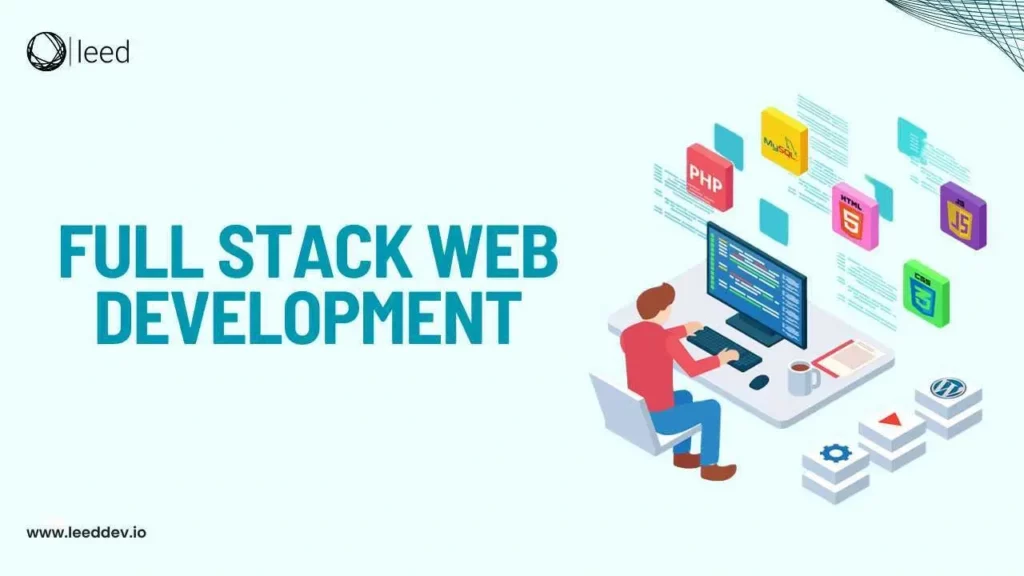Ever feel like software development takes forever, with features constantly changing and deadlines looming? This is a common struggle with traditional approaches. Agile Software Development methodology is a game-changer designed to bring flexibility and efficiency to your projects. So, ditch the frustration and get ready to embrace a more adaptable and successful development process!
What is Agile Development?
Agile development is a software development methodology that emphasizes flexibility, adaptability, and continuous improvement. It’s a way of thinking about building software that prioritizes collaboration, rapid feedback, and delivering value to customers early and often.
Here’s a breakdown of the key aspects of Agile software development methodology:
- Core Values
- Iterative and Incremental Development
- Communication and Collaboration
- Agile Frameworks
Principles for Agile Software Development Methodology
The Agile Manifesto outlines 12 core principles that guide Agile software development methodology. Here’s a breakdown of each principle in simple terms:
Customer Satisfaction
The top priority is delivering valuable software to customers early and often. This means focusing on features that bring the most benefit and getting them into the customer’s hands quickly.
Welcome Change
Agile software development methodology embraces change as a constant, even during the development process. New requirements or ideas can be incorporated to better serve the customer’s needs.
Collaboration is Key
Business people and developers should work together closely throughout the project. This fosters better communication and ensures everyone is on the same page.
Empower Your Team
Build projects around motivated individuals and trust them to get the job done. Provide the environment and support they need to be successful.
Face-to-Face Communication
While online tools have their place, clear and frequent face-to-face interaction is crucial for effective communication and collaboration within the team.
Deliver Working Software
Fancy documents and plans are great, but ultimately, the ability to deliver working software is the most important indicator of success.
Sustainable Development
Agile project management is not about burning out the team. It’s about creating a sustainable pace that allows for consistent progress over time.
Continuous Attention to Excellence
Technical excellence and good design are not afterthoughts. They are continuously strived for throughout the development process.
Reflection and Improvement are Essential
Regularly reflect on how things are going and identify areas for improvement. This allows the team to adapt their approach and continuously improve their effectiveness.
Agile Software Development Methodology
For agile software development methodology you should follow this guidelines:
Clearly Defined Goals and Requirements
This isn’t just about having a vague idea. The project vision should be well-defined, outlining the specific functionalities and features of the final product. Detailed user stories and requirements documents ensure everyone is on the same page and working towards the same objective.
Iterative Development
The project is broken down into smaller, manageable phases or “sprints.” Each sprint focuses on delivering a specific set of features. This allows for continuous development, testing, and feedback. The team can incorporate learnings from each sprint to refine the product as they progress.
Version Control
Think of this as having a time machine for your code. Version control systems like Git track changes made to the software throughout the development process. This allows developers to easily revert to previous versions if needed, troubleshoot issues, and collaborate effectively on different parts of the codebase simultaneously.
Testing and Quality Assurance
Building a house on a shaky foundation is a recipe for disaster. The same goes in agile software development methodology. Regular testing throughout the development lifecycle helps to identify and fix bugs early on. This not only prevents major issues down the line, but also ensures a high-quality, reliable final product.
Communication and Collaboration
Software development is a team sport. Clear and consistent communication between developers, designers, project managers, and stakeholders is essential. Regular meetings, collaborative tools, and open communication channels foster a sense of teamwork and keep everyone aligned with project goals.
Documentation
While Agile software development methodology may emphasize less formal documentation, some level of documenting key decisions, design choices, and code functionality is still important. This information serves as a valuable resource for future reference, onboarding new team members, and maintaining the software over time.
Risk Management
Just like anticipating bad weather before a camping trip, it’s important to identify potential risks that could derail your project. This could be anything from technical dependencies to unforeseen changes in requirements. Having a plan to mitigate these risks helps to avoid roadblocks and delays.
Continuous Improvement
The development process shouldn’t be viewed as a one-time thing. Regular reflection on how things are going is crucial. By analyzing successes and failures, teams can identify areas for improvement and adapt their approach in future projects. This fosters a culture of continuous learning and helps teams become more efficient and effective over time.
Agile vs. Waterfall comparison
In the following table we are going to discuss the basic difference between agile vs. waterfall.
| Feature | Agile | Waterfall |
| Approach | Iterative and incremental | Sequential and linear |
| Flexibility | Highly flexible; changes can be made anytime | Low flexibility; changes are difficult and costly |
| Project Phases | Phases overlap and are completed in iterations | Phases are distinct and must be completed in order |
| Customer Involvement | High; continuous feedback and collaboration | Low; customer involved mainly at the beginning and end |
| Documentation | Minimal; focuses on working software over documentation | Extensive; detailed documentation at each phase |
| Planning | Adaptive planning throughout the project | Rigorous planning at the beginning of the project |
| Risk Management | High; risks are addressed as they arise | Low; risks are often identified and mitigated early |
| Project Size | Suitable for small to medium-sized projects | Suitable for large, well-defined projects |
| Delivery | Frequent, incremental deliveries | Single delivery after all phases are completed |
| Team Structure | Cross-functional, self-organizing teams | Functional teams with specific roles |
| Success Measurement | Customer satisfaction and software functionality | Compliance with initial requirements and project plan |
| Testing | Continuous testing throughout development | Testing phase comes after the build phase |
| Change Management | Changes are expected and welcomed | Changes are controlled and minimized |
| Cost Estimation | Flexible, may vary based on project changes | Fixed budget, established at the start |
| Timeframe | Time-boxed iterations, usually 2-4 weeks each | Fixed project timeline, defined upfront |
Popular Agile Frameworks
Agile software development methodology doesn’t force you to follow one strict rulebook. There are different frameworks, like tools in a toolbox, that help you put Agile ideas into action. Here are some popular ones:
Scrum
In the scrum framework imagine sprints like short races. Teams work in bursts (usually 2-4 weeks) to deliver a set of features. Daily meetings keep everyone on track, and reviews ensure the product is on the right course.
Kanban
Think of a Kanban board like a traffic light for tasks. There are lanes showing what’s to do, what’s being worked on, and what’s done. Kanban method helps avoid traffic jams by limiting the number of things being worked on at once.
Lean
Remember how car companies try to cut waste? Lean software development is similar. It focuses on delivering the most value to the customer with less waste.
Crystal
Crystal is a whole family of Agile frameworks made for small teams (think 6-12 people). There are different Crystal flavors for different team sizes, like Crystal Clear for tiny teams of up to 8.
Conclusion
Agile software development methodology is a powerful approach to building software. It’s flexible, collaborative, and helps you continuously improve. Want to see how Agile can revolutionize your development process? Contact Leed Development today! Their team of experts can help you implement Agile practices and deliver successful software projects.
FAQs
What is Agile?
Agile is a flexible software development approach that prioritizes collaboration, quick feedback, and delivering value to customers early and often.
Why use Agile?
Agile helps teams adapt to changing needs, reduces risk, and improves overall project satisfaction.
What are some core Agile principles?
- Focus on customer satisfaction
- Welcome changes
- Deliver working software frequently
- Build projects around motivated individuals
- Maintain a sustainable development pace
What are some popular Agile frameworks?
- Scrum (uses sprints and agile ceremonies)
- Kanban (uses a visual board to manage workflow)
- Lean (focuses on minimizing waste and maximizing value)
How can I get started with Agile?
There are many resources available online and from Agile experts like Leed Development. They can help you implement Agile practices and choose the right framework for your project.




